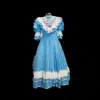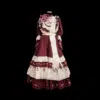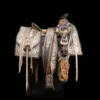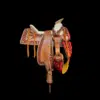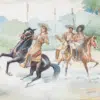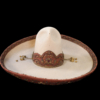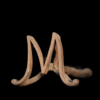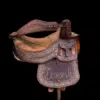CHINA POBLANA DRESS IN RED WITH YELLOW SHAWL
Chinese poblana dress with a red skirt combined with beige and gold trim. In the center and in front of the skirt, there is an eagle, devouring the snake. In the lower part, all the contour is embroidered with guides and roses.
The attire is complemented with a red sash, a white blanket blouse embroidered with floral motifs in fine thread, and a braid with red triangles around the neck and sleeves. A yellow shawl covers part of the shoulders, and on the neck she wears a beaded necklace in gold, red and green.
The history and background of the China Poblana costume dates back to the 17th and 18th centuries in Mexico. Its origin is linked to a rich cultural fusion between China, India, and colonial New Spain.
The China Poblana costume is a fusion of elements of traditional Indian dress, such as the choli (short blouse), sari (wrap-around cloth) and odhani (scarf), with local Mexican influences, such as petticoats and wide skirts. The combination of rich fabrics, elaborate embroidery and vibrant colors resulted in a unique garment that reflected the diversity and creativity of the time.
Over time, the China Poblana costume became a symbol of Mexican identity and an icon of popular culture. It was adopted in festivities, traditional dances and patriotic celebrations. Over the centuries, it has evolved and adapted, but has always maintained its distinctive essence.
Today, the China Poblana costume remains a tangible representation of Mexico's rich cultural heritage and a tribute to the mix of influences that have shaped the country's identity. Its legacy endures as a reminder of the diversity and creativity that enrich Mexico's history.

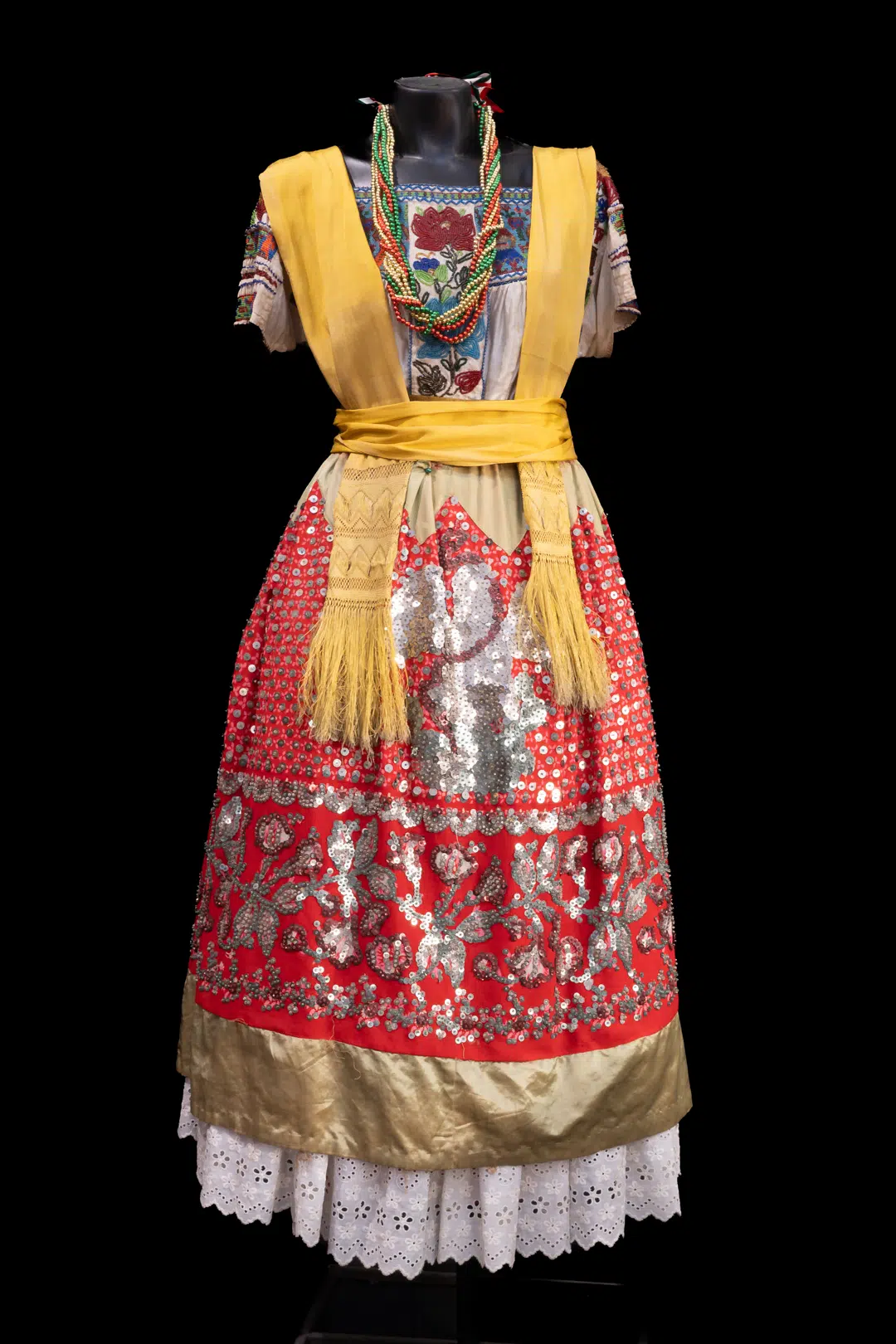
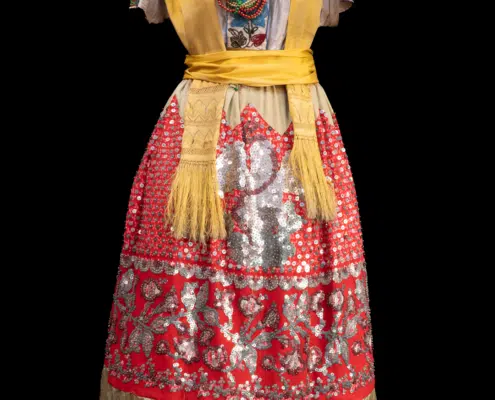

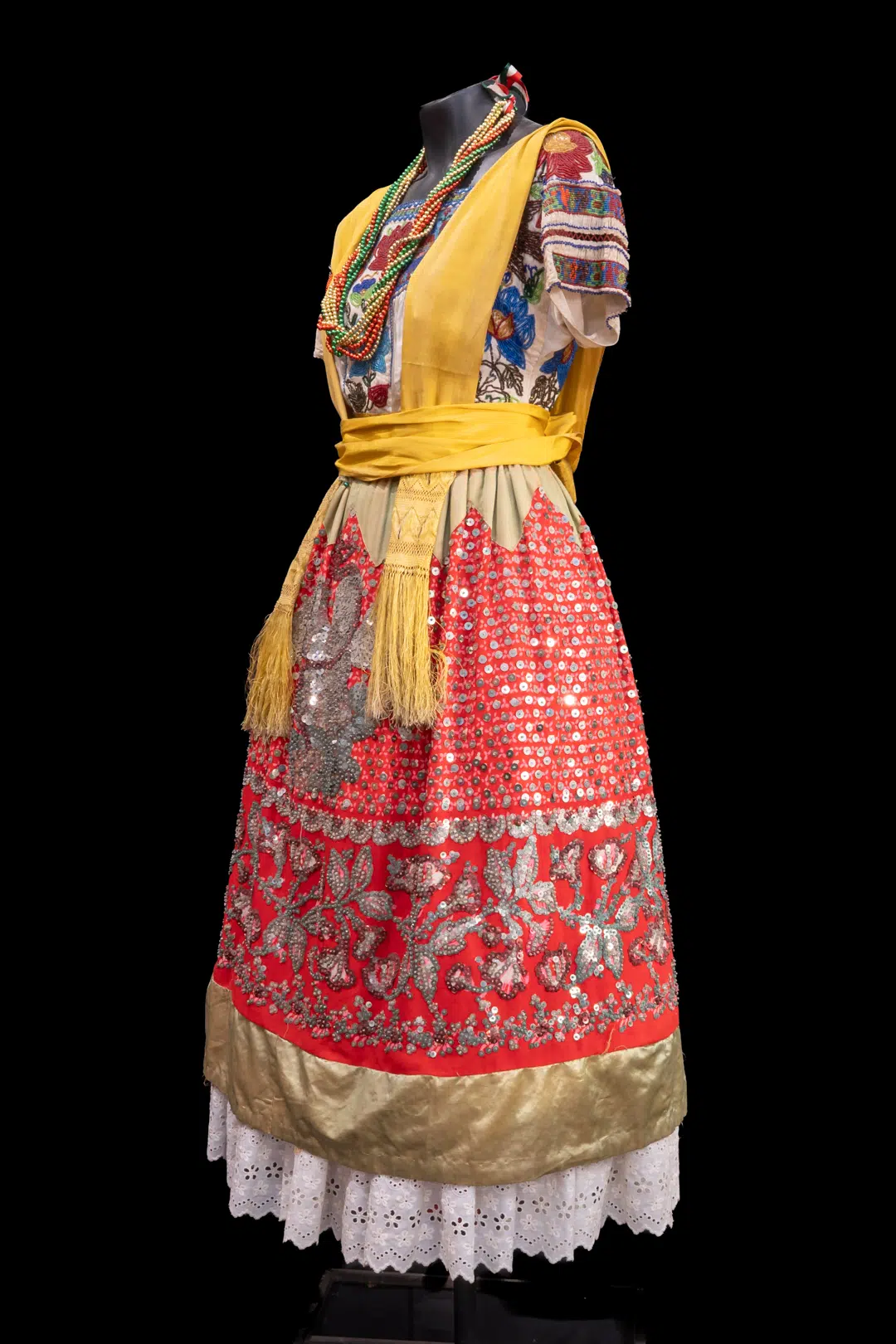
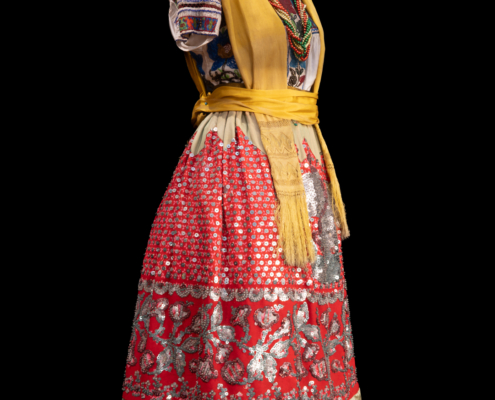
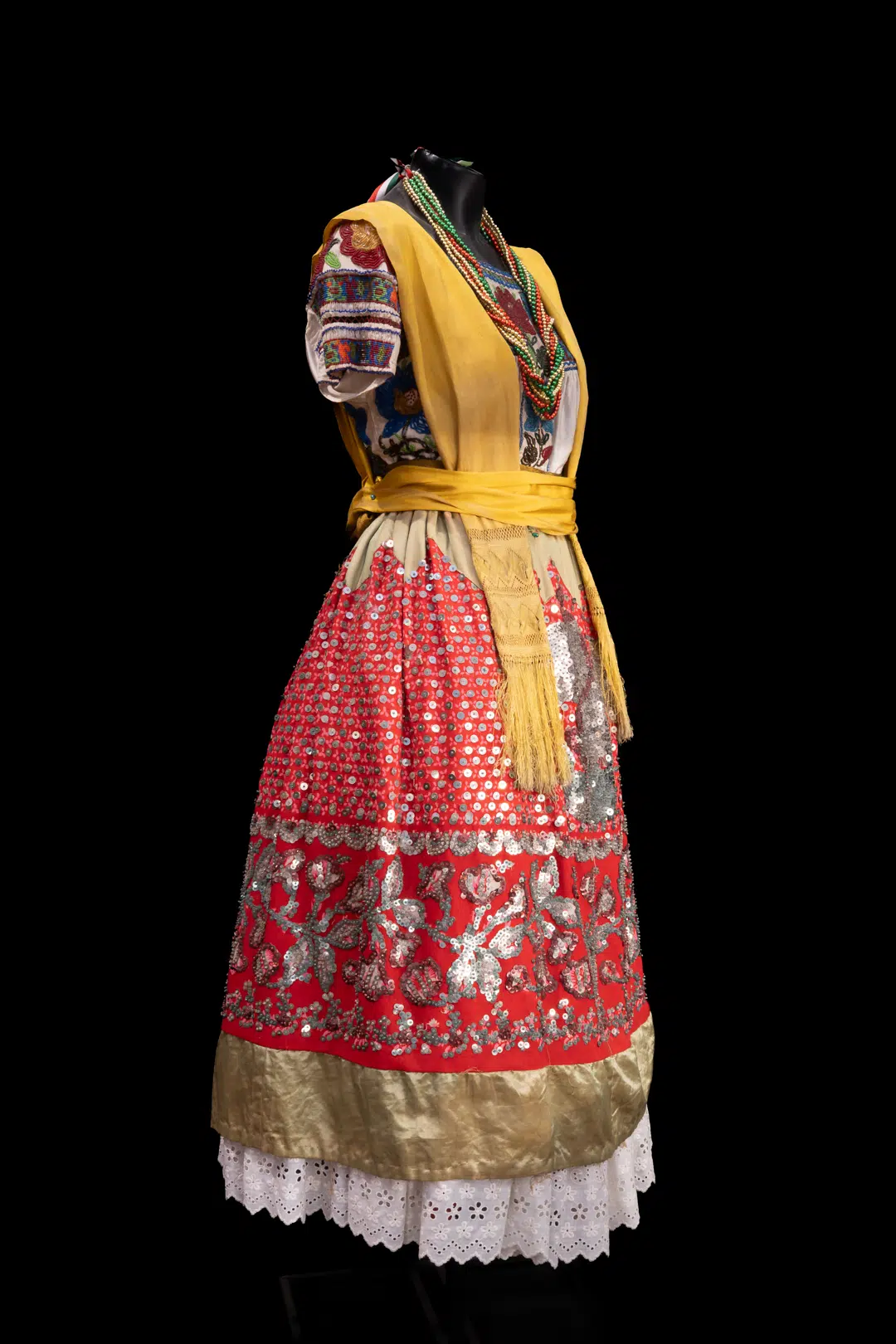


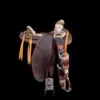
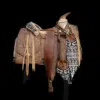
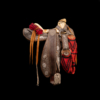



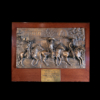

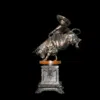

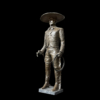
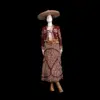

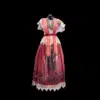 Antonio Gegundez
Antonio Gegundez